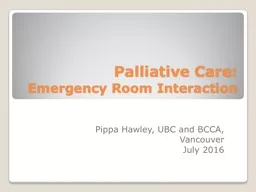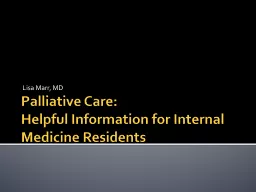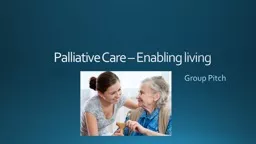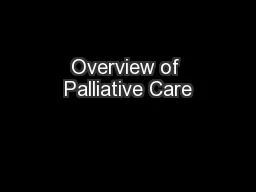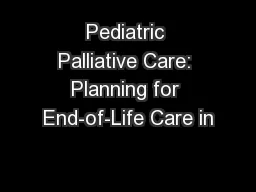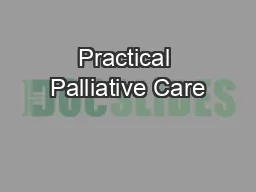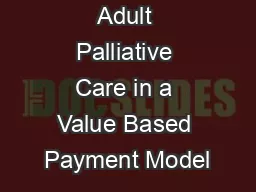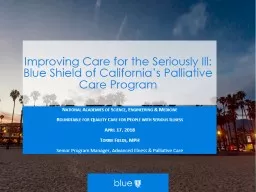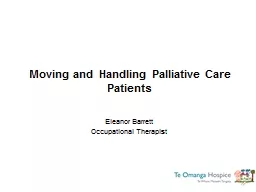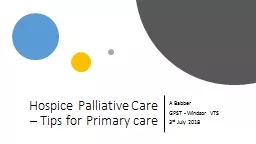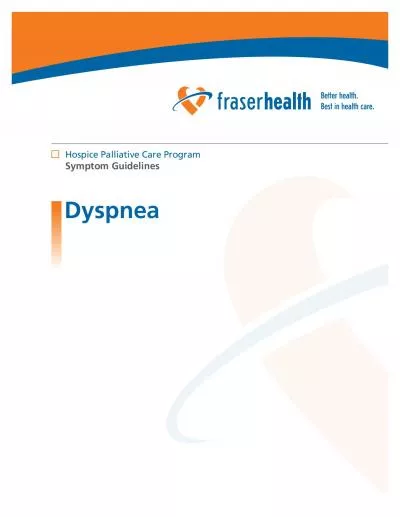PPT-Palliative Care: Emergency Room Interaction
Author : faustina-dinatale | Published Date : 2018-02-18
Pippa Hawley UBC and BCCA Vancouver July 2016 Objectives Discuss words used when talking about palliative care Present a visual model to help you describe its
Presentation Embed Code
Download Presentation
Download Presentation The PPT/PDF document "Palliative Care: Emergency Room Interact..." is the property of its rightful owner. Permission is granted to download and print the materials on this website for personal, non-commercial use only, and to display it on your personal computer provided you do not modify the materials and that you retain all copyright notices contained in the materials. By downloading content from our website, you accept the terms of this agreement.
Palliative Care: Emergency Room Interaction: Transcript
Download Rules Of Document
"Palliative Care: Emergency Room Interaction"The content belongs to its owner. You may download and print it for personal use, without modification, and keep all copyright notices. By downloading, you agree to these terms.
Related Documents

